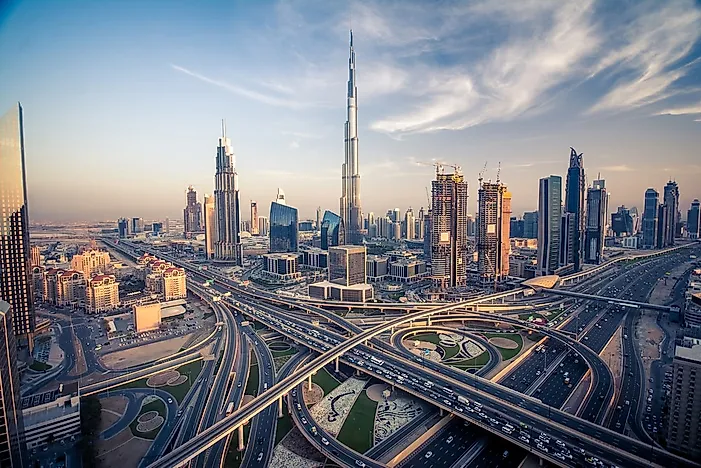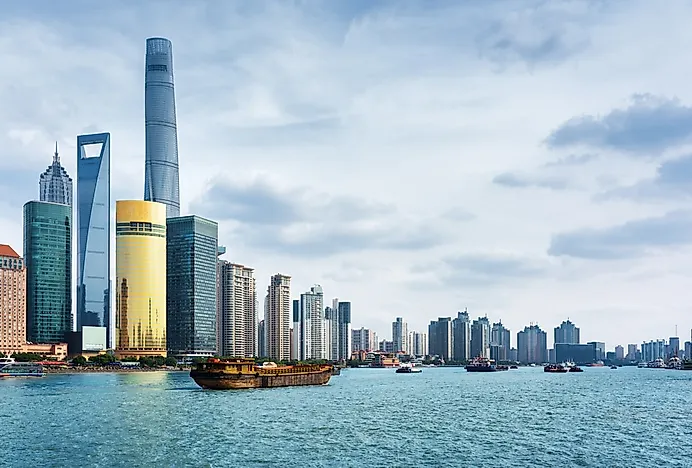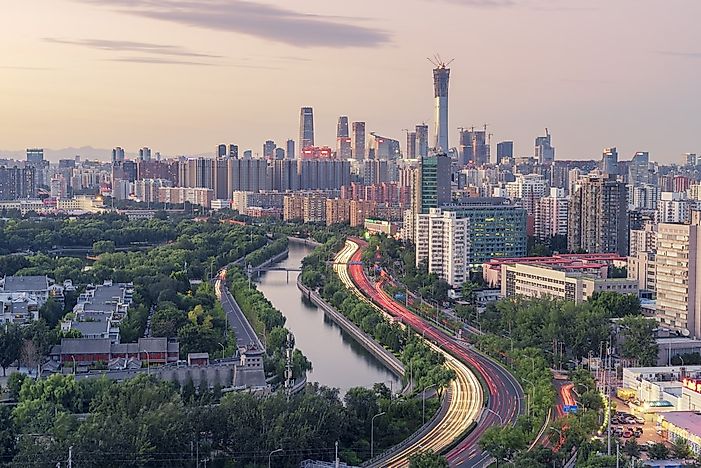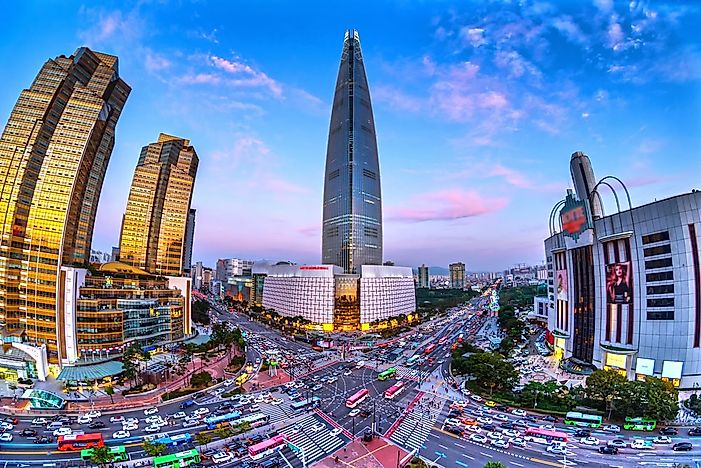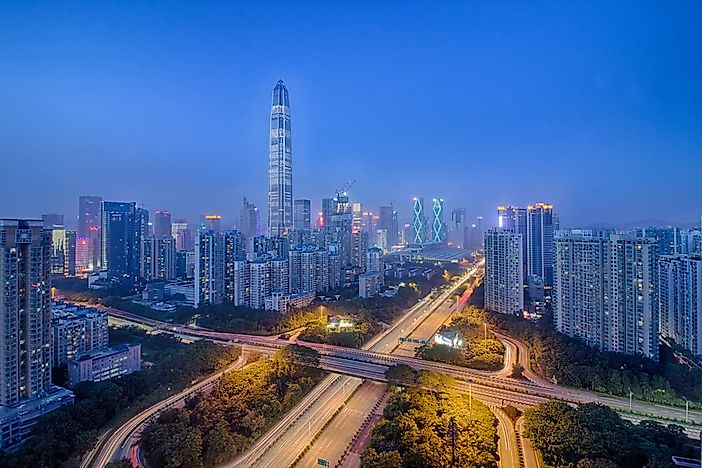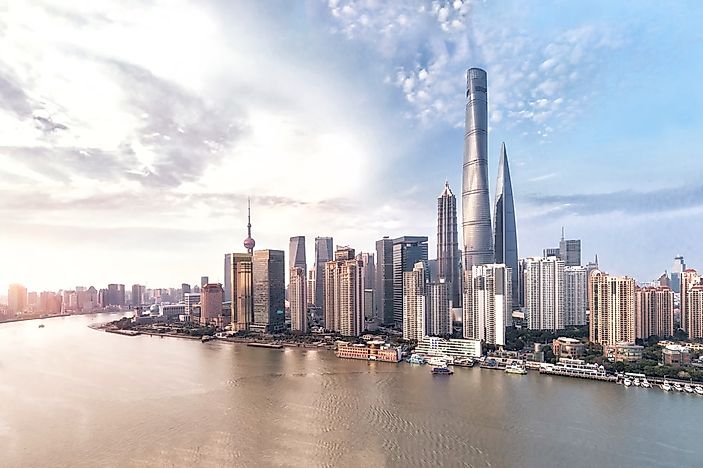7 Ways to Find the Answer to "What Should I Do With My Life?"
1. Talk to People
Meet or call at least 50 people. They can be your friends, relatives, friends of friends/references. Call them up, schedule a meeting, go see them and interact with them on what they are doing. Don’t expect anything, don’t ask them to find you a job, don’t ask them to give you a job. Just talk and meet and have a normal conversation.
You’d be surprised at how much you can learn just listening to other people talk. OK, yes, sometimes you might not learn much more than how badly traffic was backed up during rush hour. But other times, if you listen (and listen between the lines), you’ll get insight into people’s motivations, hopes, dreams, and ambitions. And when you piece all that together, you can learn how others got to where they are today—and if that’s a path you want to be on, too. (Try these informational interview questions if you have no idea where to start.)
2. Get Started
My suggestion is to do something. Even if it isn’t quite the right thing, it is nevertheless movement that can give you an opportunity to experience. You can spend a lot of time taking tests and getting evaluations for what you might be suited for; ideas always sound good on paper. But words don’t match experience, so acting on something is your best choice.
Regardless of what you generally want to do, it never hurts to start building something. Really anything. Start creating a portfolio, launch a career newsletter, or learn how Periscope works. There are so many things you can do for your career—even if you don’t know what you want to do. And, just like the previous advice, the actual act of doing will help further clarify what paths you might want to be on, and which ones you should rule out.
3. Gather Inspiration From Others
Walk into your local bookshop and go straight to the autobiography section. Buy three books from across different industries, societies, and cultures. Focus on biographies that document great and successful people's early lives, before they were great. Read them before bed. Wake up in the morning and write down 10 things you could do differently that day. Do some of them. Do this the next day. And then do it again.
No matter what you do, you probably want to be successful at it. So what better way to get started than by learning how others reached their goals? Keep in mind as you’re reading that these people weren’t born knowing what they wanted to do either. (Get more inspiration from this list of 30 things to read, watch, listen to, and do to help you answer this age-old question.)
4. Prepare for a Long Journey
Expect that it is going to take a while and involve several iterations, or so-called “life crises” to figure it out. For most people it’s a long and often unfinished journey.
One huge misconception about figuring out what you want to do with your life is that you will have a sudden, magical moment of extreme clarity and then have your entire life planned.
In actuality, lives shift constantly, and you’ll need to regroup and reconsider your journey as you go along. So instead of being surprised when you have to make new decisions, anticipate them, and dare I say it, be excited for them.
5. Leave Your Comfort Zone
Try new things and widen your horizons. Try something you’ve always wanted to but never got around to, something that scares you, something that is very different from what you normally do.
Maybe you don’t know what you want to do because you haven’t tried what you’re meant to do yet. And you won’t know if that is true or not until you get out there and start ruling things out.
Seriously, it’s easy to get into a rut and feel like you have no options besides what you are you doing right now. However, by taking a step outside your comfort zone, you might be surprised by how much you end up liking something that you never in a million years imagined you would.
6. Be Okay With Failing
Learn the skills that are needed to accomplish what you want to achieve. Most of us fail in [our] first attempt. We keep failing and learning and growing. [The] point to be noted is that this is the time to learn, experiment, grow, and fail without any substantial damage.
Nothing will slow you down more in your quest to figure out what to do with your life than being afraid of failure. Yes, you’ve heard this before—but that’s because it’s true. You won’t ever be able to nail down what makes you happy if you rule everything out because it sounds hard.
7. Enjoy Not Knowing
Enjoy the meanderings, the soul-searching, the loves lost, the time wasted. All of it will add up to a complex and very unique ‘you.’ The more you appreciate right now, the more the future will become a fantastic reality. Don’t pressure yourself to be in the future.


